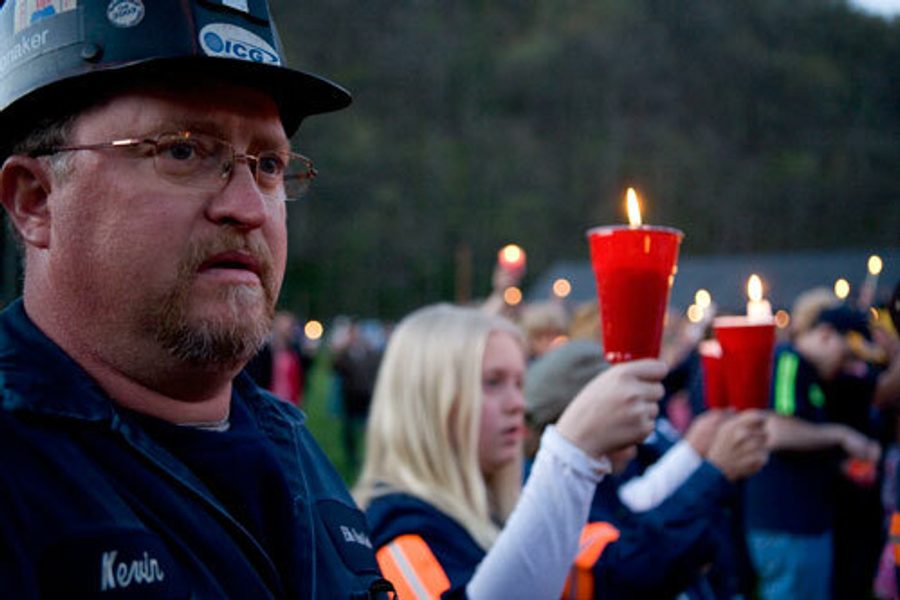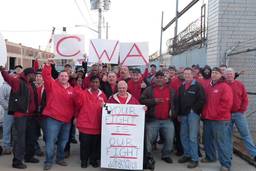
Speaking to the Los Angeles Times on the failure of the U.S. Congress to pass new legislation on mine safety following the April 2010 Upper Big Branch Mine explosion that left 29 miners dead, Congressman George Miller (D-Calif.) said, “We’ve been messing around for a year. The sad thing is that nothing will happen until the next major disaster.”
The Mine Safety Health Administration (MSHA) has done a tremendous amount to improve the safety conditions in the mine. In the wake of Upper Big Branch disaster, the MSHA also launched an inspection blitz of over 57 mines with histories of safety problems. It published new rules on the handling of dangerous electrical equipment that could cause explosions underground, and new rules about coal dust underground. Since the Upper Big Branch tragedy, the agency gave out record fines to mine safety owners.
MSHA took massive feedback from workers about how to spot hidden safety spots, and trained inspectors in the knowledge they gained. One of the fruits of this training: MSHA discovered that when MSHA inspectors arrived at the gate, the gate operator often calls down to the mine shaft and tells workers to hide safety problems. Now, inspectors force gate operators to hold the phones and as a result inspectors enter the mines without any warning.
However, MSHA is limited by statues that make it tougher to crack down on mine safety problems. Current law allows mines to delay elevated sanctions by appealing citations for years while the safety problems goes unaddressed.
For example, nearly 300 citations were issued at Upper Big Branch mine between January 2008 and the time of the explosion. It takes an average of 518 days for a safety violation to see its way through the whole appeal process — far too much time for a pressing safety issue that might kill workers.
MSHA did take a step toward making it more difficult to engage in frivolous appeals during the safety violations. It proposed making it harder for mine owners to appeal agency rulings. But without this change being codified in law, it can easily be changed the next time a Republican comes into power.
There are other problems with the current laws MSHA enforces everyday. Even if the appeals process is reformed, the type of penalties MSHA can issue are primarily financial penalties — rather than remedial penalties, which force a mine to change its behavior. Some mine owners won’t fix the problems and see paying fines for safety violations as merely the cost of doing business.
Also, providing advance notice of an inspection needs to be made a felony and not a misdemeanor. If it is a misdemeanor, most prosecutors will not prosecute cases. MSHA must be allowed to subpoena documents as part of their routine inspections before accidents, rather that just after an accident has occurred. Also, strengthening of whistleblower protections is needed so that workers cannot be easily fired for reporting safety violations.
In the year since the Upper Big Branch mine disaster, 21 miners have died on the job. Until stronger mine safety legislation is passed by Congress, miners will have to rely on incremental changes from MSHA and not the large structural changes that are needed to protect their lives.
Sadly, as Rep. Miller predicts, it might take another large mine disaster before Congress will finally pass the necessary legislation. Last summer, he introduced a bill to deal with many of the regulatory problems exposed by last year’s deadly explosion. The proposal was defeated.








